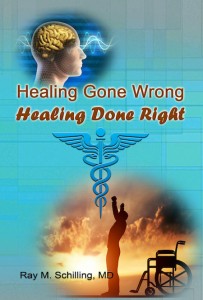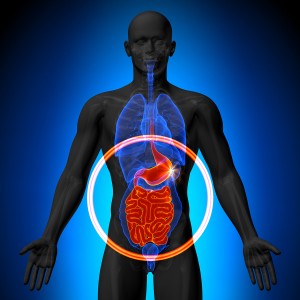Supercentenarians may teach us something about the question “Why do women win turning older”? Supercentenarians are people who are 110 years or older. Presently there are 53 of them distributed over the world, 51 are females and two are males. According to Ben Dulken and Anne Brunet this is not by chance: in other mammal species females often live longer than their male counterparts. They theorize that stem cells live longer under the influence of estrogen and this may be the explanation for the difference. They wanted to answer the burning question: “Is life expectancy linked to gender and stem cells”?
Observations regarding why women win turning older
Ben Dulken and Anne Brunet describe that several pieces of evidence are important to note.
Human eunuchs live longer than average males
Castrated males, called eunuchs, live on average 14 years longer than the average male.
Treatment of male mice with estrogen caused longevity
Experiments with male mice treated with estrogen increased their lifespan compared to untreated male controls.
Estrogen receptors on some stem cells in women
Neural stem cells (NSCs) and hematopoietic stem cells (HSCs) have estrogen receptors in females. This leads to extra stimuli during pregnancy, but also during the menstrual cycle in women or the estrus cycle in female mammals.
Faster wound healing in women may be from extra X-chromosome
It gets more complicated: There are non-estrogen regulated stem cell niches in the liver, skin and subcutaneous tissue (important for wound healing and resident muscle stem cells, called satellite cells (SCs). For some reason liver regeneration and wound healing, but also healing of muscle injuries in women and female mammals occurs at a faster pace. Scientists still do not have an answer for this. Theories are that perhaps women with their two X-chromosomes are at an advantage in comparison to males (only one X-chromosome) with respect to certain wound repair mechanisms.
Longevity and self-repair capacity may be related
There is the question whether longevity and self-repair capacity would be related, either through stem cell populations (NSCs, HSCs, SCs), other repair mechanisms or tissue proliferation.
Telomere length in older persons longer in females than in males
There are gender differences in aging patterns of stem cells. For instance studies in dizygotic twins showed that telomere length of blood cells in the female twin was much longer than in the male twin. Genetic factors appear to be the dominant factor to explain this phenomenon rather than hormones. But again this was favoring the female.
Comparison between muscles in older men and younger men
A study in males showed that there is an accumulation of damaged DNA in SC’s of muscle tissue with older age that leads to muscle senescence. In older men there is a delayed response to a specific exercise stimulus with regard to the satellite cell division (SC) when compared to the response in young men.
Women’s telomeres in stem cells grow longer
In females estrogen stimulates telomere growth of stem cells (NSCs and HSCs), which prevents premature stem cell exhaustion.
Effects of diet and exercise on life expectancy
The Potsdam study analyzed 4 healthy behaviors in 23,153 German participants aged 35 to 65 years over 7.8 years. They looked for the development of cancer, heart attacks, strokes and cancer as end points. The 4 healthy behaviors were: to be a lifelong non-smoker , having a body mass index lower than 30, performing 3.5 h/week or more of physical activity, and adhering to healthy dietary principles (high intake of fruits, vegetables, whole-grain bread and low meat consumption).
Those who had adopted all 4 healthy lifestyles reduced the development of serious disease by up to 80%. Dr. David Katz delivered a keynote address at the 22nd Annual World Congress on Anti-Aging Medicine in Las Vegas Dec. 10-14, 2014 entitled “Integrative Medicine: A Bridge Over Healthcare’s Troubled Waters”. He mentioned the Potsdam study. And he mentioned what the new logic of a healthy lifestyle is: a healthy lifestyle causes healthy telomeres of somatic cells and of stem cells; this causes health until a ripe old age.
Conclusion why women win turning older
It seems that women and female mammals are more protected by nature than males. The previously called ”weak sex” is in fact a lot stronger! This may be the reason that among supercentenarians there are only a few males remaining. But we don’t know how many males take the lifestyle factors of the Potsdam study serious. Males who want to age gracefully have to pay more attention to healthy lifestyles. This leads to longer telomeres and this allows for stem cell and somatic cell renewal. There are still many unanswered questions, but life expectancy is definitely related to how well we preserve stem cells throughout our body. This in turn depends very much on our lifestyle patterns.















